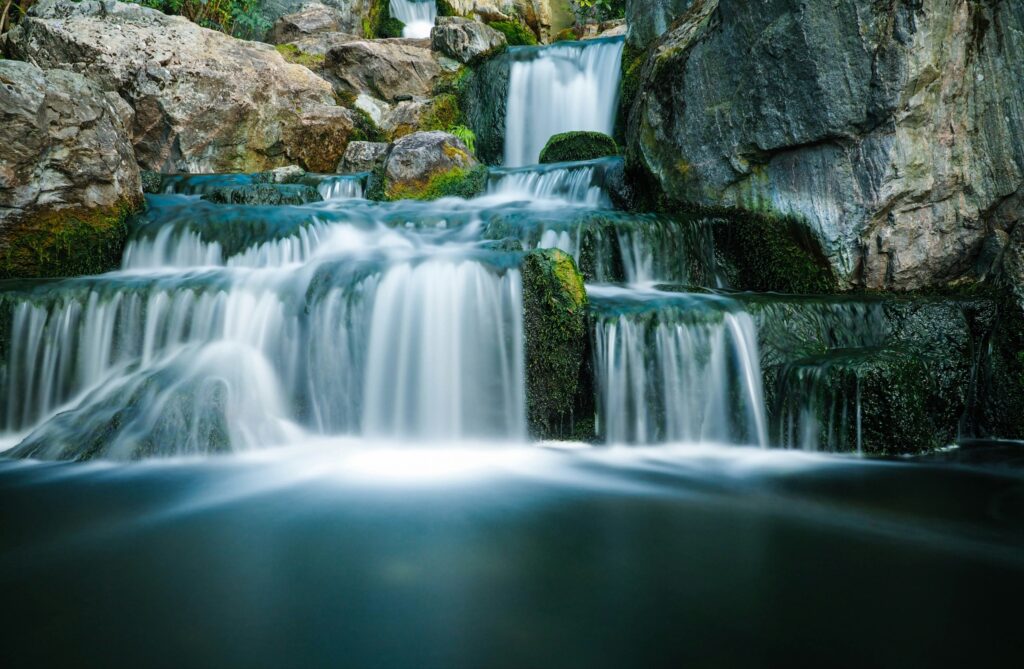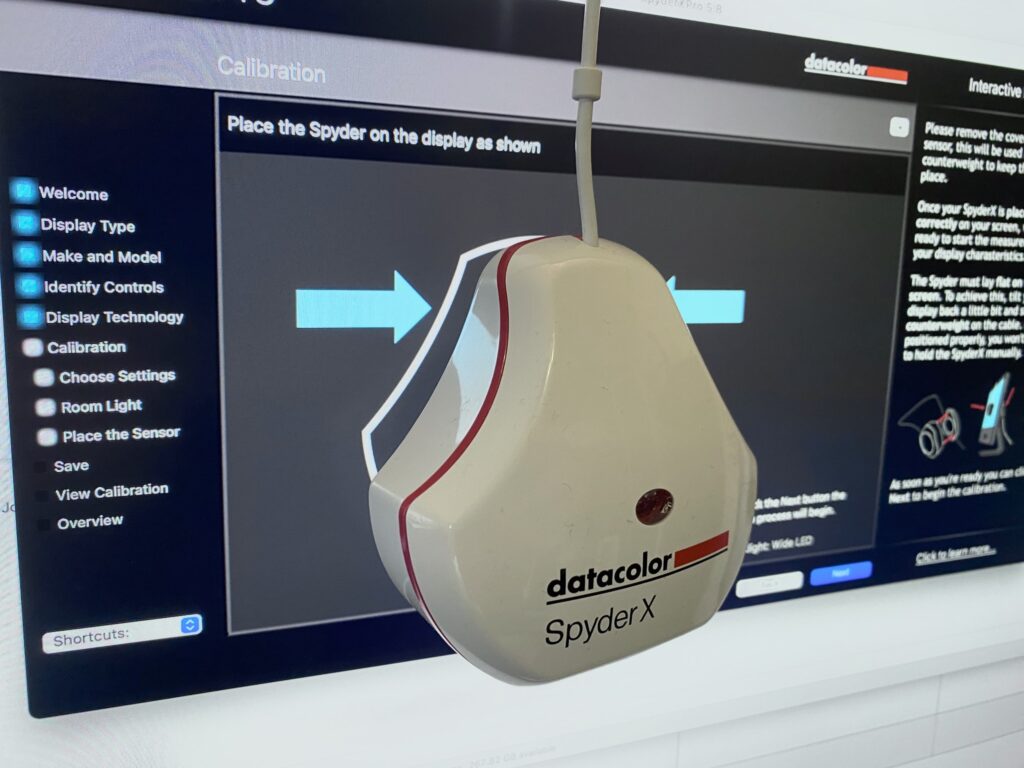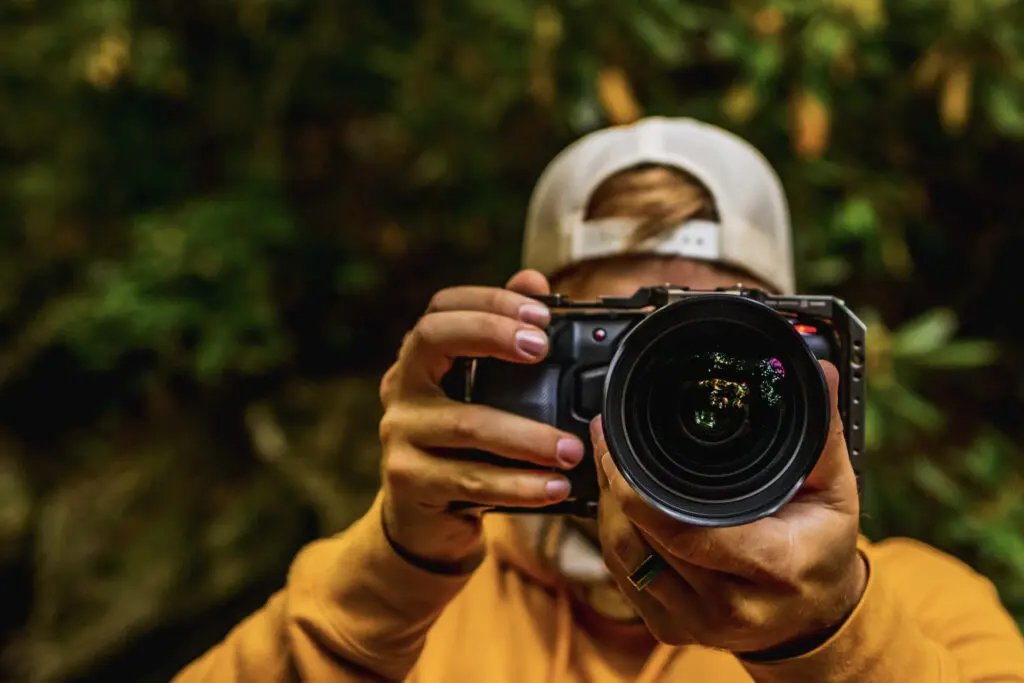Stonehenge. A majestic, mysterious, and over 5000 years old. All very well, but what has this got to do with photography, I hear you ask. If you have ever met anyone that has been to Stonehenge, or indeed if you have been yourself, there is one recurring theme in people’s thoughts of it. It’s relatively small, isn’t it?
The Truth About Why We Misperceive Its Size
So why is this? Beyond the science and endeavor it took for people to drag massive stones 200 miles, most of the picture postcard photographs we see of it are taken in isolation. By that, I mean there is no fixed reference point to give us a sense of the size.
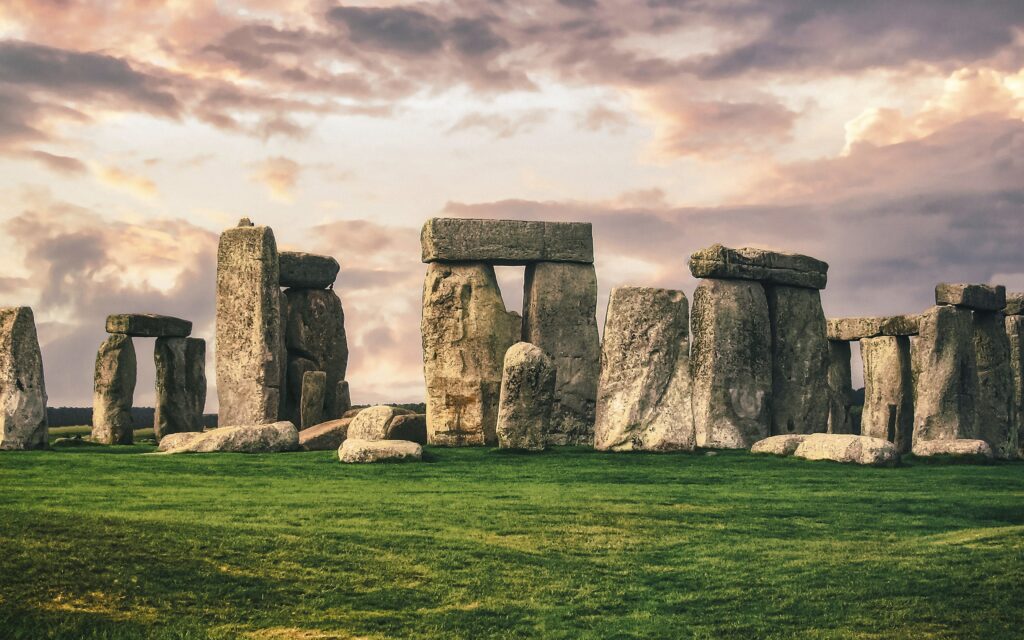
Many non-commercial photographs and people’s holiday snaps still do not give the stones any sense of size. This is because most tourists are not allowed up close to the stones. As the people are some distance from the stones, perspective fools our eyes into believing they are bigger than they are.
The stones are isolated on a large grassy plain with nothing to suggest their bulk. Let’s contrast that with another iconic British structure, St Pauls's Cathedral.
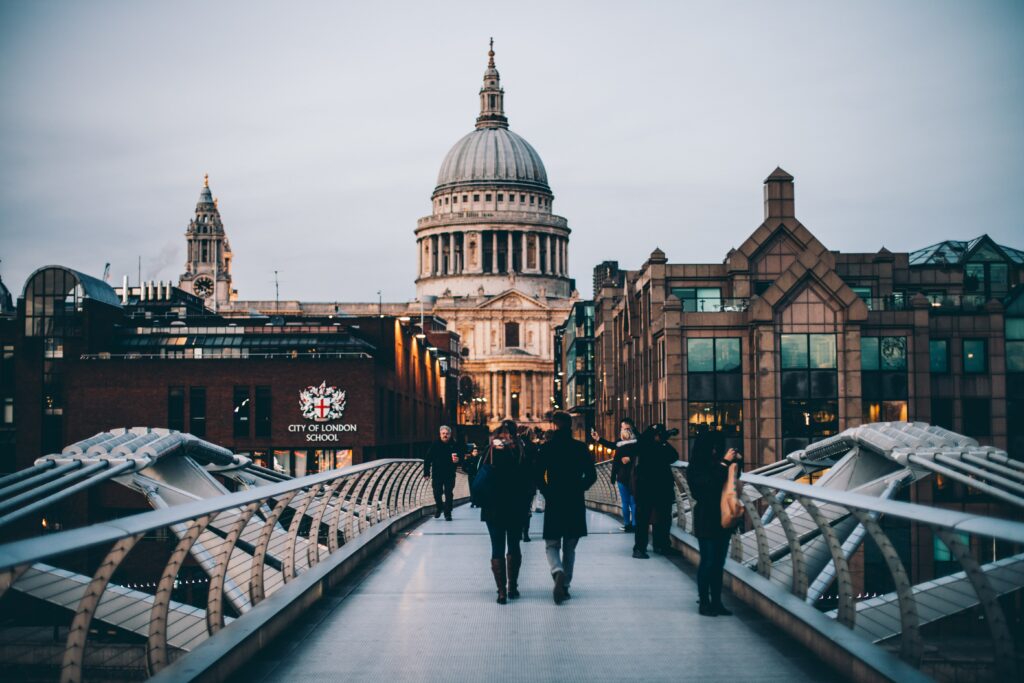
St Paul’s stands in the heart of London, surrounded by buildings, roads, and the general paraphernalia of city life. Even if we have never been, we have multiple references for its size. Cityscape photos show its dome reaching above the other buildings around it. Elevated photos show its immense bulk and height compared to other buildings. Street-level shots have people, cars, and buses as references to their size. When we go there, we are not surprised by its immense dimensions.
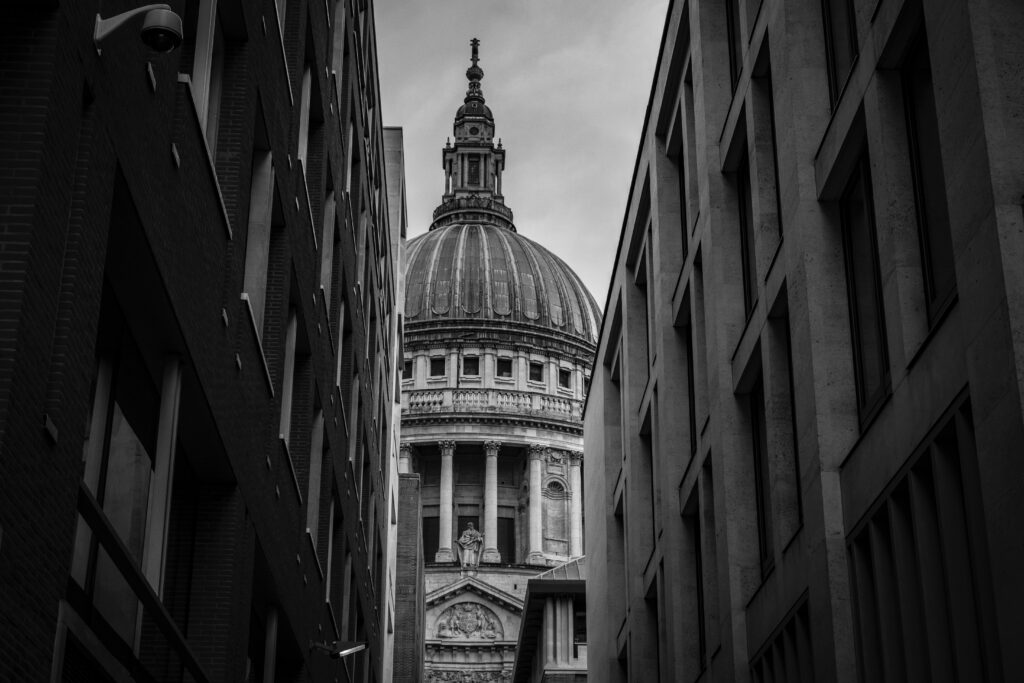
Why Context Is Everything
Moving away from British icons, I am going to talk about icebergs. Icebergs are often very much like Stonehenge. Here he goes again, and I hear you cry. However, bear with me. Most images of icebergs are taken in isolation against a sea or mountain background. A little like the image below.
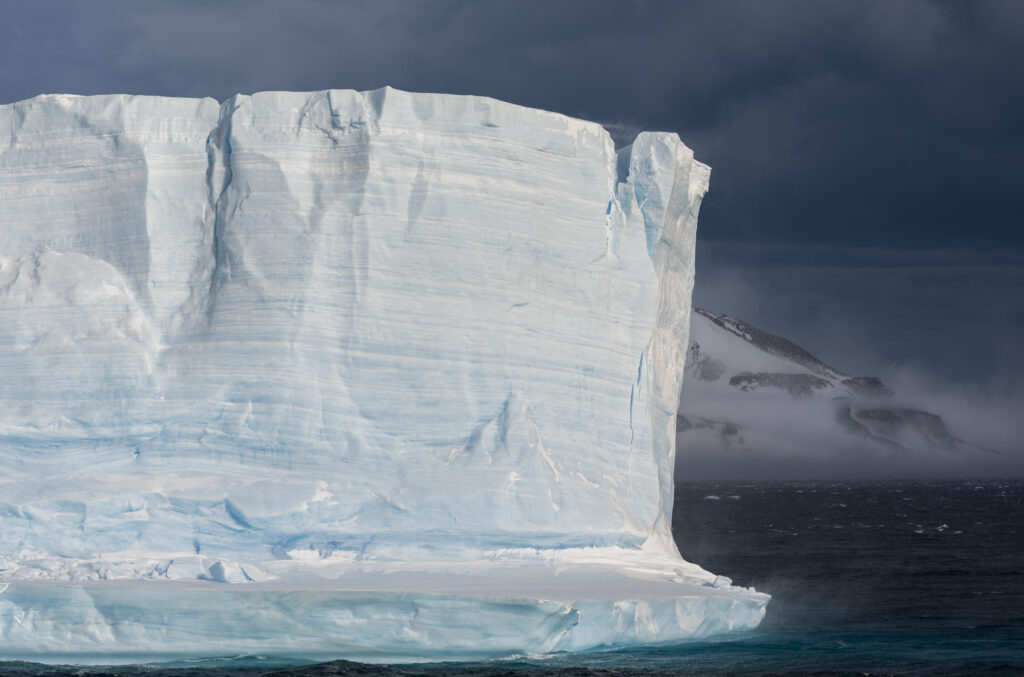
Does it look big? Maybe, maybe not. We have no visual reference in which to judge its size. We know 90% of it is underwater, but we have no idea of the height of the remaining 10%. Let’s look at another image. Believe it or not, this is the other end of the same iceberg. It looks rather big, doesn’t it? But why?
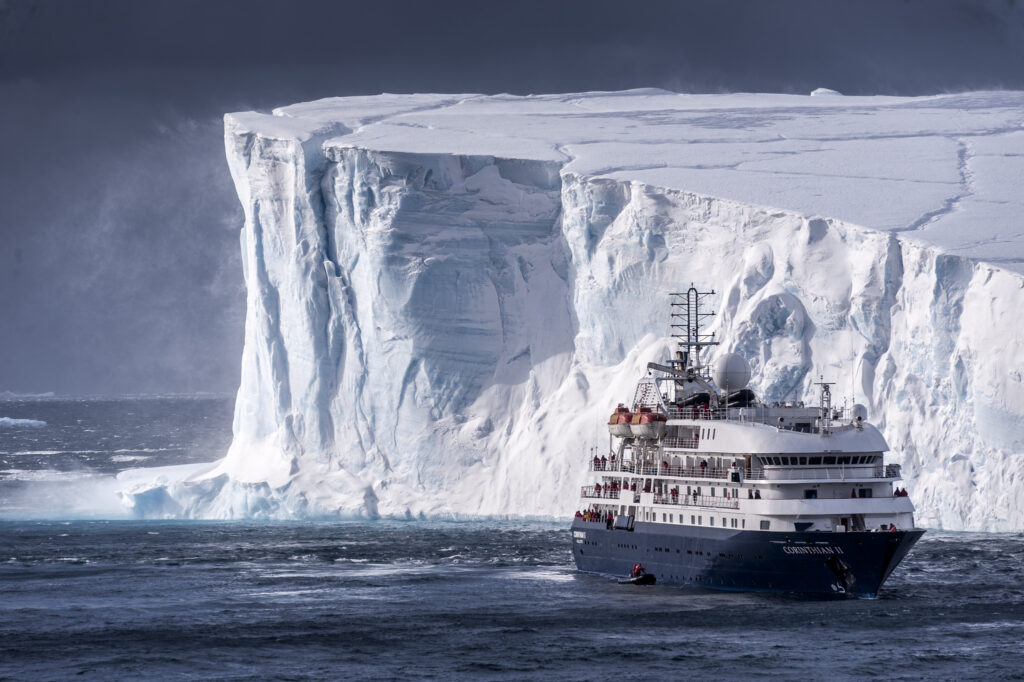
Why Does This Iceberg Look Big?
We understand the size of a cruise ship. However, this is a tiny cruise ship compared to the behemoths that sail the Caribbean. While the ship is giving us some indication of scale, there is one essential element in the picture that gives us the true sense of scale, the people.
As we look around the ship's decks, we see dozens of people. We know that they are, in general, between 5 and 6 feet tall (152-182cm). From that, we can deduce the height of each deck and then the height of the ship above water. We don’t do this consciously. Our minds are hard-wired to understand scale from the human element. So how do we try to convey a sense of scale in outdoor photography?
How To Provide Scale
The human element in a photo is vital to giving us scale. However, let’s go back to the images of St Paul’s. In particular, let’s look at one without people.
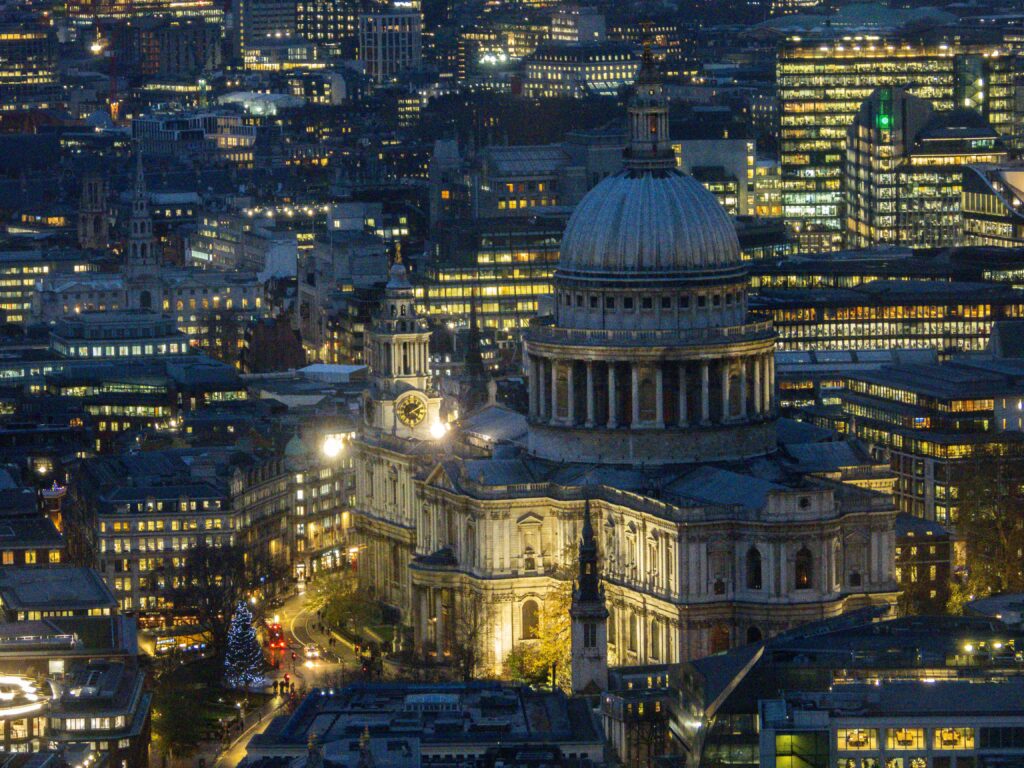
We still have a profound sense of the size of the building despite the lack of people. This is because we understand the dimensions of the man-made structures and equipment around the image. In city and urban photography, it’s pretty easy to get a sense of scale. It becomes more difficult however when we remove the human element. One example is landscape and seascape photography.
How To Show Scale In Non-Urban Environments
In the seascape below, we see magnificent white cliffs on a stormy day. However, there is very little that gives us a sense of the height of those cliffs. We have a vague understanding that cliffs are tall but without any reference or idea of how tall.
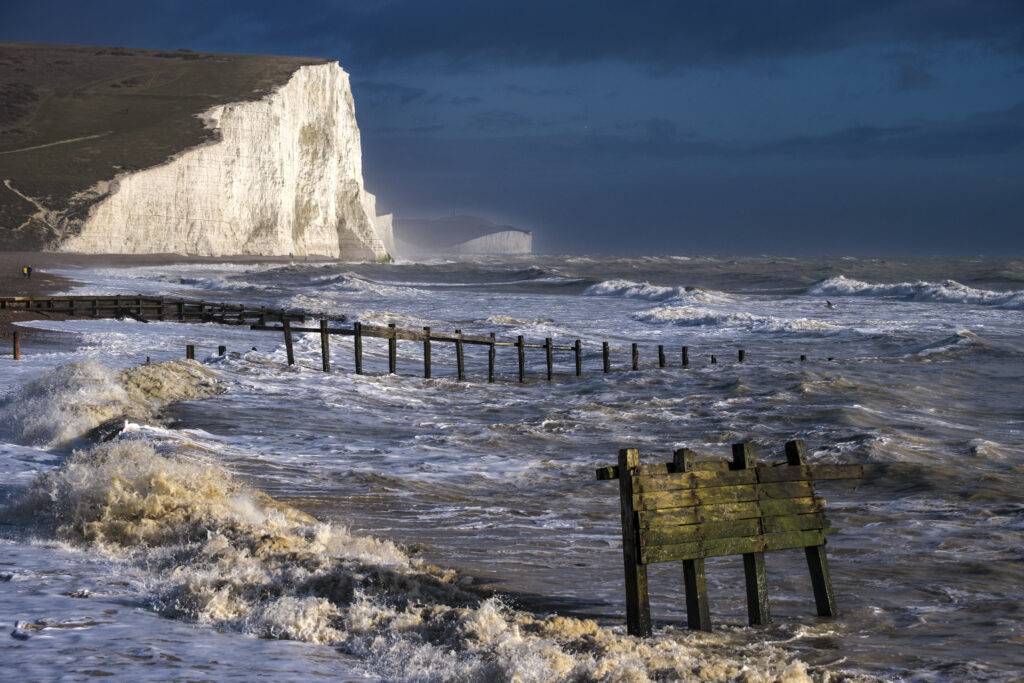
Now let’s look at this image below. It was taken at the same time in the same conditions. However, I have turned the camera into portrait format and used a telephoto lens to get closer to the white cliffs. At the bottom, we see people braving the storm on the beach, immediately giving us a sense of the sheer height of these chalk precipices.
However, we are not always going to have humans in our scenes, or indeed man-made objects. What do we do in that case?
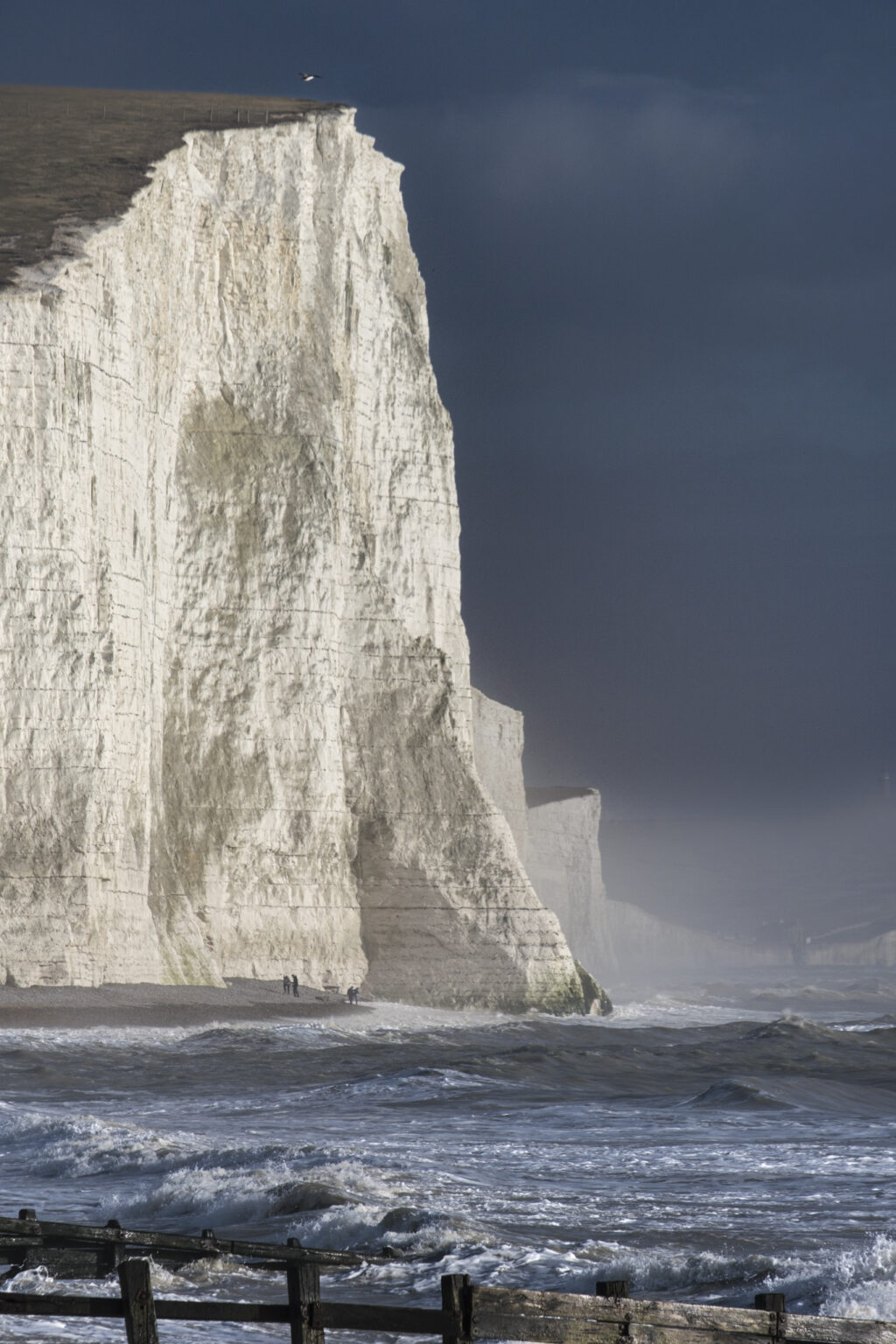
How To Show Scale In Nature
While it can be difficult to judge the height of cliffs or mountains in isolation, there are elements in nature that can help us with scale. Trees are perfect for this. While we may not know the absolute height of a tree, we have a round idea of its scale. Placing trees in our landscape shots will help give us a sense of scale to the surroundings.
Other flora and fauna also work well. Flowers give us a good sense of size. Using a wide-angle lens and flowers in the foreground, we can get a perfect sense of the scale of our background.
We also have an innate concept of the size of most animals in relation to the environment around them. We can use animals in our outdoor photography to give us that sense of scale.
Look For Scale In Your Outdoor Shots
Next time you shoot a breathtaking landscape or seascape, ask yourself, does this scene have a sense of scale? If the answer is no, it’s time to look for visual elements in the scene that can help.
Scale is as vital to our photos as it is to us in real life. Without it, our eyes struggle to comprehend the scene in front of us. In photography, an image without scale will not work anywhere as well as one with scale.


